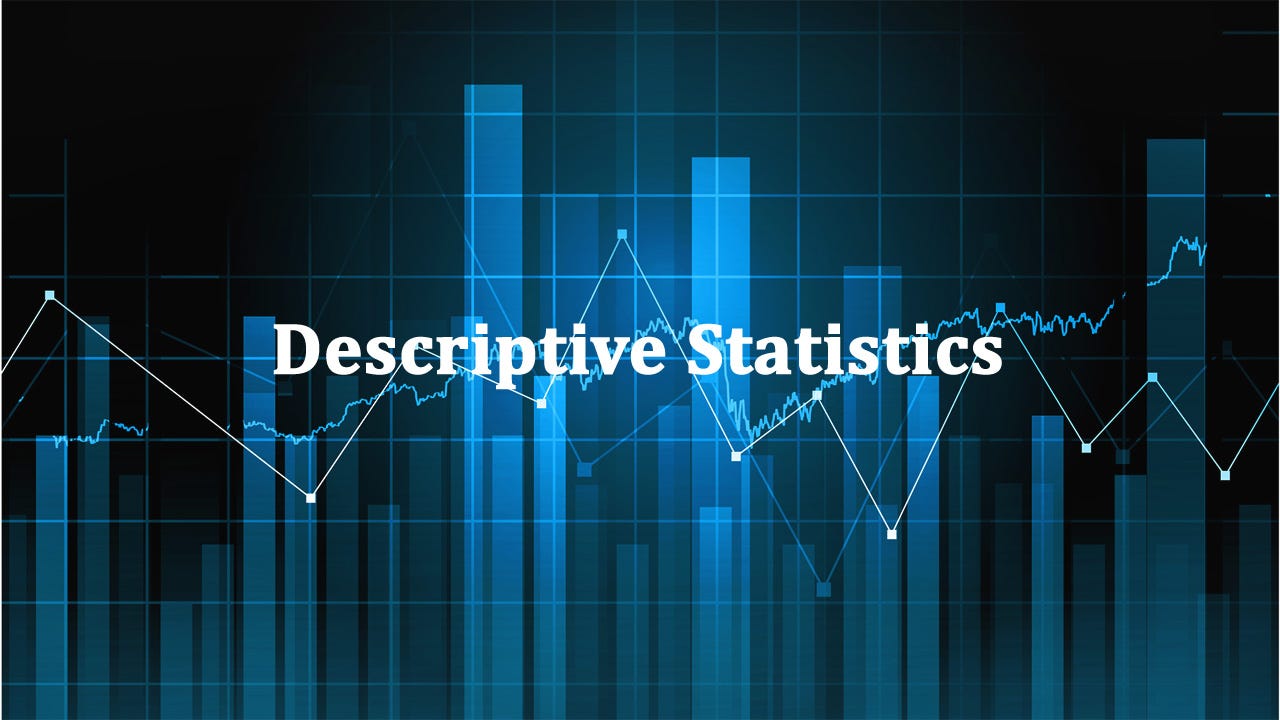

#TYPES OF STATISTICAL TOOLS FOR DATA ANALYSIS SERIES#
They can therefore only ever show a snapshot or series of snapshots in time. They can therefore show changes over time and identify causation.Ĭross-sectional studies may collect data at different points in time, but from different groups. Longitudinal studies work with the same group over time. The distinction between longitudinal and cross-sectional data is actually more of a distinction in study design than data type. Where possible, therefore, objective data are preferred, but there is a general understanding that sometimes only subjective data are available. Subjective data are therefore likely to be more unreliable when people have to remember events from longer ago. However, subjective data also depend on people remembering and assessing things accurately. Even using a scale of 1 to 10, which makes the data quantitative, does not mean that it will be directly comparable between individuals. These include variables such as level of pain, where everyone has their own interpretation. For example, subjective data can provide a much broader range of information, because many things are simply unmeasurable. For example, you can observe (objective) a colour change (qualitative), and you can ask people to express their opinions on an issue (subjective) using a numerical scale (quantitative).īoth types have advantages and disadvantages. For example, body language can provide subjective information (“ She lay still, with her eyes closed and her mouth tight, like she was in pain ”).īoth objective and subjective data can be both qualitative and quantitative.

This may be spoken or written, but can also take other forms. Subjective data are collected from personal communications from individuals. They are usually collected through observations or direct measurements. They include things like height, weight or number of elements. Objective data are observable and measurable. Subjective Dataĭata can also be divided into objective and subjective. Our page on qualitative and quantitative research explains this distinction in more detail, and sets out the advantages and disadvantages of both. Quantitative data are numerical: they can be collected and presented as numbers and The first and most obvious distinction is between quantitative and qualitative data: This page describes some of the distinctions in data types, and the implications for research methods and findings. The choice of data type is therefore very important. It will also affect conclusions and inferences that you can draw. The type of data will affect the ways that you can use it, and what statistical analysis is possible. However, there are also many different types of data-and data can be classified in several different ways. Our page on Observational Research and Secondary Data described two main sources of data (your own research, and data that have been previously published). Understanding Statistical Distributions.Area, Surface Area and Volume Reference Sheet.Simple Transformations of 2-Dimensional Shapes.Polar, Cylindrical and Spherical Coordinates.Introduction to Cartesian Coordinate Systems.Introduction to Geometry: Points, Lines and Planes.Percentage Change | Increase and Decrease.Mental Arithmetic – Basic Mental Maths Hacks.Ordering Mathematical Operations - BODMAS.Common Mathematical Symbols and Terminology.Special Numbers and Mathematical Concepts.How Good Are Your Numeracy Skills? Numeracy Quiz.


 0 kommentar(er)
0 kommentar(er)
